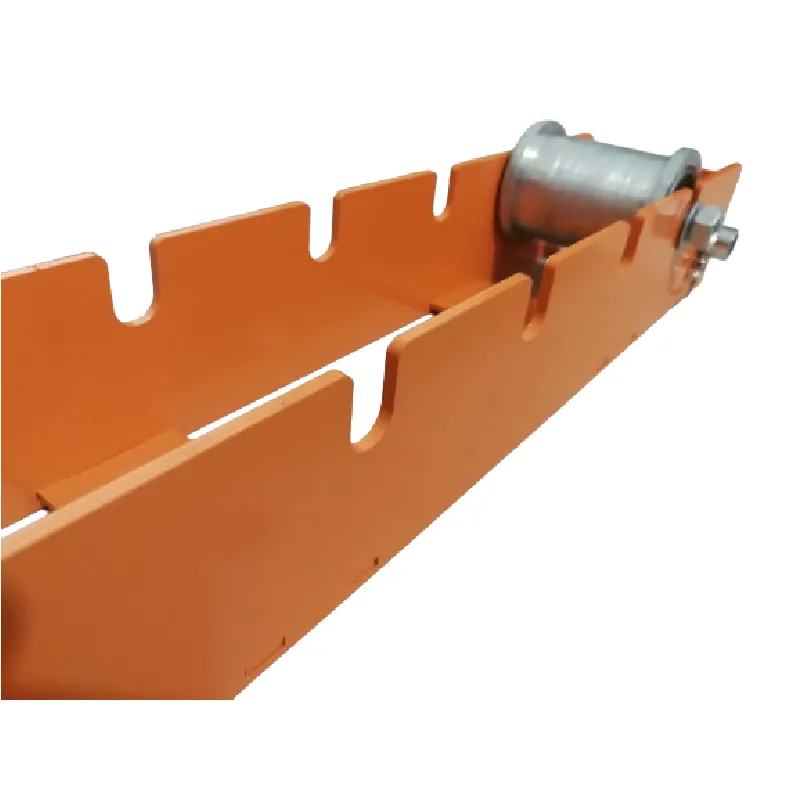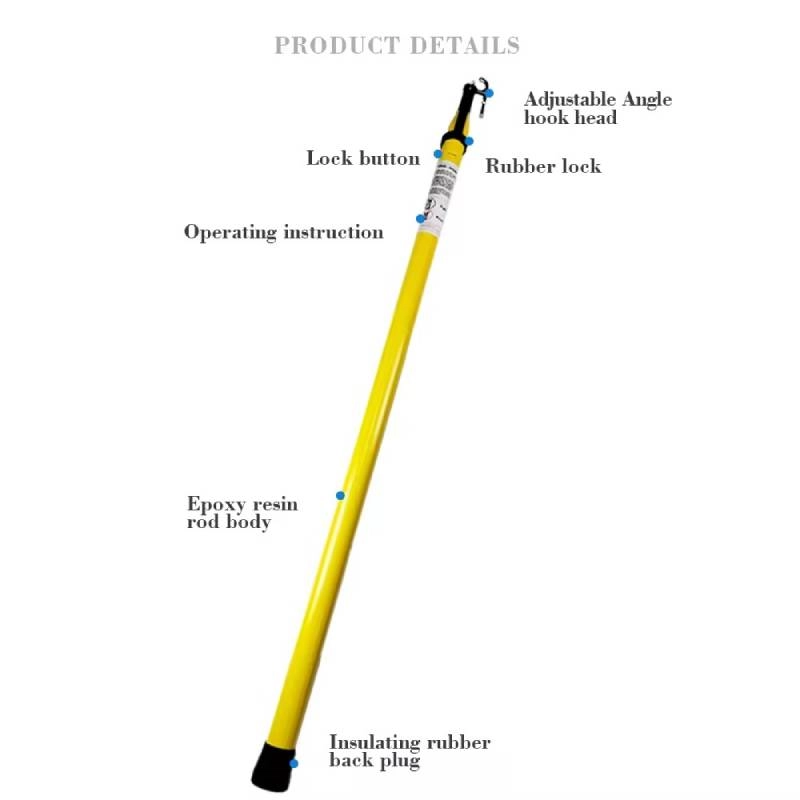
-
 Afrikaans
Afrikaans -
 Albanian
Albanian -
 Amharic
Amharic -
 Arabic
Arabic -
 Armenian
Armenian -
 Azerbaijani
Azerbaijani -
 Basque
Basque -
 Belarusian
Belarusian -
 Bengali
Bengali -
 Bosnian
Bosnian -
 Bulgarian
Bulgarian -
 Catalan
Catalan -
 Cebuano
Cebuano -
 Corsican
Corsican -
 Croatian
Croatian -
 Czech
Czech -
 Danish
Danish -
 Dutch
Dutch -
 English
English -
 Esperanto
Esperanto -
 Estonian
Estonian -
 Finnish
Finnish -
 French
French -
 Frisian
Frisian -
 Galician
Galician -
 Georgian
Georgian -
 German
German -
 Greek
Greek -
 Gujarati
Gujarati -
 Haitian Creole
Haitian Creole -
 hausa
hausa -
 hawaiian
hawaiian -
 Hebrew
Hebrew -
 Hindi
Hindi -
 Miao
Miao -
 Hungarian
Hungarian -
 Icelandic
Icelandic -
 igbo
igbo -
 Indonesian
Indonesian -
 irish
irish -
 Italian
Italian -
 Japanese
Japanese -
 Javanese
Javanese -
 Kannada
Kannada -
 kazakh
kazakh -
 Khmer
Khmer -
 Rwandese
Rwandese -
 Korean
Korean -
 Kurdish
Kurdish -
 Kyrgyz
Kyrgyz -
 Lao
Lao -
 Latin
Latin -
 Latvian
Latvian -
 Lithuanian
Lithuanian -
 Luxembourgish
Luxembourgish -
 Macedonian
Macedonian -
 Malgashi
Malgashi -
 Malay
Malay -
 Malayalam
Malayalam -
 Maltese
Maltese -
 Maori
Maori -
 Marathi
Marathi -
 Mongolian
Mongolian -
 Myanmar
Myanmar -
 Nepali
Nepali -
 Norwegian
Norwegian -
 Norwegian
Norwegian -
 Occitan
Occitan -
 Pashto
Pashto -
 Persian
Persian -
 Polish
Polish -
 Portuguese
Portuguese -
 Punjabi
Punjabi -
 Romanian
Romanian -
 Russian
Russian -
 Samoan
Samoan -
 Scottish Gaelic
Scottish Gaelic -
 Serbian
Serbian -
 Sesotho
Sesotho -
 Shona
Shona -
 Sindhi
Sindhi -
 Sinhala
Sinhala -
 Slovak
Slovak -
 Slovenian
Slovenian -
 Somali
Somali -
 Spanish
Spanish -
 Sundanese
Sundanese -
 Swahili
Swahili -
 Swedish
Swedish -
 Tagalog
Tagalog -
 Tajik
Tajik -
 Tamil
Tamil -
 Tatar
Tatar -
 Telugu
Telugu -
 Thai
Thai -
 Turkish
Turkish -
 Turkmen
Turkmen -
 Ukrainian
Ukrainian -
 Urdu
Urdu -
 Uighur
Uighur -
 Uzbek
Uzbek -
 Vietnamese
Vietnamese -
 Welsh
Welsh -
 Bantu
Bantu -
 Yiddish
Yiddish -
 Yoruba
Yoruba -
 Zulu
Zulu


TEL:
0086-311-88862036
માર્ચ . 04, 2025 01:14 Back to list
6ft ground rod
The 6ft ground rod is often an oversight in many electrical installations, yet it plays a critical role in safeguarding both property and life. Understanding its importance and the correct methods to utilize it can mean the difference between a secure electrical setup and potential disaster. This article delves into the nuances of the 6ft ground rod, sharing insights from industry experts and real-life applications to ensure an authoritative and reliable discussion.
The integrity of connections is another factor determining a grounding system's efficiency. Clamps and conductors connecting the ground rod to the system must be corrosion-resistant and installed correctly to ensure a secure connection. Regular inspections should be incorporated into maintenance schedules to identify and rectify any corrosion or loosening over time. An often-overlooked aspect of 6ft ground rod applications is the synergy with other grounding components and systems. Effective grounding isn't an isolated effort but part of a broader approach that ensures safety and system functionality. Incorporating elements like lightning arresters, bonding with water pipes, and integrating with overall building grounding systems fortifies against electrical faults. The trustworthiness of information is paramount in technical fields. Data and guidelines presented here are rooted in industry standards and supported by publications from bodies like the Institute of Electrical and Electronics Engineers (IEEE) and the International Electrotechnical Commission (IEC). Consulting these resources can provide deeper insights and localized guidance, reinforcing electrical safety and compliance with current best practices. While expertise and theoretical understanding are crucial, real-world applications offer invaluable insights. Professionals consistently report success using 6ft ground rods by adhering to localized best practices and regularly updating their knowledge base with emerging trends and technologies. In conclusion, the 6ft ground rod is not merely a physical component of an electrical system but a complex tool whose efficacy hinges on appropriate application and understanding. Professionals must consider soil conditions, installation methodologies, and consistent maintenance to maximize safety and compliance. Ground rods, when correctly utilized, significantly enhance the resilience of electrical systems against unpredictably adverse conditions, ensuring personal safety and equipment longevity. By fitting into a broader integrated safety strategy, they demonstrate their worth as indispensable elements in modern electrical safety practices.


The integrity of connections is another factor determining a grounding system's efficiency. Clamps and conductors connecting the ground rod to the system must be corrosion-resistant and installed correctly to ensure a secure connection. Regular inspections should be incorporated into maintenance schedules to identify and rectify any corrosion or loosening over time. An often-overlooked aspect of 6ft ground rod applications is the synergy with other grounding components and systems. Effective grounding isn't an isolated effort but part of a broader approach that ensures safety and system functionality. Incorporating elements like lightning arresters, bonding with water pipes, and integrating with overall building grounding systems fortifies against electrical faults. The trustworthiness of information is paramount in technical fields. Data and guidelines presented here are rooted in industry standards and supported by publications from bodies like the Institute of Electrical and Electronics Engineers (IEEE) and the International Electrotechnical Commission (IEC). Consulting these resources can provide deeper insights and localized guidance, reinforcing electrical safety and compliance with current best practices. While expertise and theoretical understanding are crucial, real-world applications offer invaluable insights. Professionals consistently report success using 6ft ground rods by adhering to localized best practices and regularly updating their knowledge base with emerging trends and technologies. In conclusion, the 6ft ground rod is not merely a physical component of an electrical system but a complex tool whose efficacy hinges on appropriate application and understanding. Professionals must consider soil conditions, installation methodologies, and consistent maintenance to maximize safety and compliance. Ground rods, when correctly utilized, significantly enhance the resilience of electrical systems against unpredictably adverse conditions, ensuring personal safety and equipment longevity. By fitting into a broader integrated safety strategy, they demonstrate their worth as indispensable elements in modern electrical safety practices.
Next:
Latest news
The Unique Design of Cable Socks
NewsJun.04,2025
Swivel Connectors in Industrial Automation
NewsJun.04,2025
Safety Features of Link Sticks
NewsJun.04,2025
How to choose the best cable pulling winch for sale
NewsJun.04,2025
Fish tape safety precautions
NewsJun.04,2025
Essential Maintenance Tips for Cable Pulling Tools
NewsJun.04,2025
Copyright © 2025 Shijiazhuang Bilo Import and Export Trading Co., Ltd. All Rights Reserved. Sitemap | Privacy Policy

BlLo lmport & Éxport is specialized in power and cable equipment andconsiruction tools,Qur main producis are FRP
duct rodder, cable rollerscable pulling winch, cable drum jack, cable pulling sock, etc.
Copyright © 2025 Shijiazhuang Bilo Import and Export Trading Co., Ltd. All Rights Reserved. Sitemap | Privacy Policy










